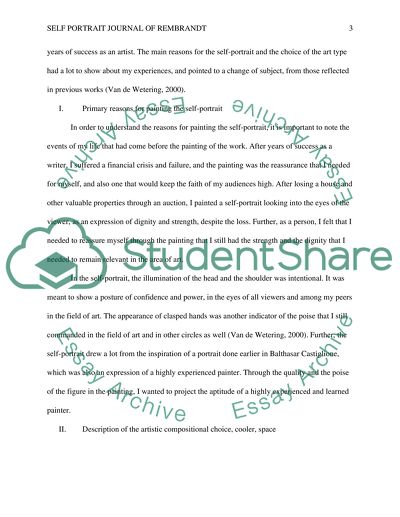Cite this document
(“Self Portrait Journal of Rembrandt Research Paper”, n.d.)
Retrieved from https://studentshare.org/culture/1682194-humanities-world-culture-self-portrait-journal-of-rembrandt
Retrieved from https://studentshare.org/culture/1682194-humanities-world-culture-self-portrait-journal-of-rembrandt
(Self Portrait Journal of Rembrandt Research Paper)
https://studentshare.org/culture/1682194-humanities-world-culture-self-portrait-journal-of-rembrandt.
https://studentshare.org/culture/1682194-humanities-world-culture-self-portrait-journal-of-rembrandt.
“Self Portrait Journal of Rembrandt Research Paper”, n.d. https://studentshare.org/culture/1682194-humanities-world-culture-self-portrait-journal-of-rembrandt.


